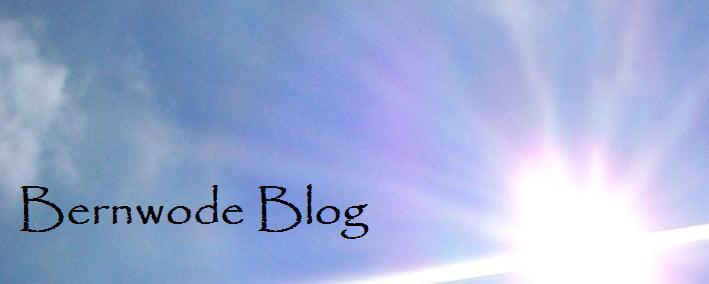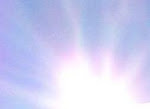This is part of a sermon by my good friend Mike... I liked it so much I wanted to post it.. and he reluctantly said yes. Thanks Mike :)
The deepest connections are between the story of the transfiguration and that of the crucifixion – and I mean crucifixion not resurrection – even though the transfiguration seems a bit like a resurrection appearance. It is Matthew who draws out the parallels between the transfiguration and crucifixion most explicitly but they can also be seen in Luke and Mark. Matthew has the centurion at the foot of the cross saying ‘Truly this was the Son of God’ just like the voice from heaven at the transfiguration. Matthew also has three female disciples at the foot of the cross –Mary Magdalene, Mary the mother of James and Joseph and the mother of the sons of Zebedee just as there are three male disciples at the transfiguration – Peter, James and John.
Then there’s this falling sleep business. In Luke’s account of the transfiguration the disciples fall asleep on the mountain, just as they do in the Garden of Gethsemane
But as well as similarities there are dramatic contrasts between the transfiguration and the crucifixion but even these dramatic contrasts have shared features.
Here are five of these dramatic contrasts.
Firstly Jesus takes his friends with him, up a mountain for his transfiguration. For his crucifixion Jesus is taken by strangers to a hill having been abandoned by his friends.
Secondly at the crucifixion Jesus’ clothes are stripped off and squabbled over: at the transfiguration Jesus’ clothes are turned shiny white.
Thirdly the transfiguration is full of light – the light comes not just from Jesus’ clothes but also from his face. His face shone like the sun - according to Matthew - and even the cloud out of which the voice from heaven cam was ‘bright’. The crucifixion on the hand was full of darkness. Luke tells us that at the actual point of Jesus’ death ‘there was darkness over the whole land’ and the sun’s light failed.
Fourthly at the transfiguration there are two saints standing beside Jesus: at the crucifixion hang two robbers.
Finally Luke tells us that Jesus was glorified at the transfiguration and that the disciples woke to see his glory. But Jesus is also glorified – in a different – even opposite way -at his crucifixion.
It is if we are looking at two pictures of the same thing with similar outlines but contrasting even opposite colours. If one scene were sketched on a transparency and placed over the other many of its lines would disappear. What is the significance of this?
Well the two scenes represent the extremes of human experience. One speaks of nakedness and mockery, nails and blood, suffering and loneliness, torture and death. The other makes visible the presence of God within a human being. So Jesus embodies the whole spectrum of human possibility in one person. Perhaps this is one of the reasons why he is always been so attractive and inspiring. He shows forth in his own person both the depths of pain and anguish which a human being can know and –what we all long for – transformation to a state beyond pain and anguish. Jesus it the great illustration of both pain and hope. At his transfiguration he is humanity transformed and humanity glorified. But he can only transform humanity through his crucifixion as demonstrated by his subsequent resurrection.










No comments:
Post a Comment